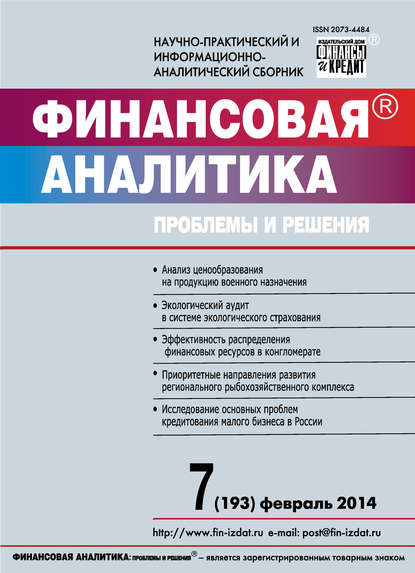Книга «Принципы банковского дела» (автор: Moorad Choudhry) станет незаменимым руководством для менеджеров банков, студентов и профессионалов в области финансов. Книга объясняет основные требования для банковской деятельности - это управление капиталом и ликвидностью. Она также представляет читателям доступ к интернет-ресурсу с шаблонами и обучающими пособиями.
В книге объясняются принципы банковской практики, включая управление активами и обязательствами, управление ликвидностью, межбанковское ценообразование и управление капиталом. Проиллюстрировано, как неудовлетворительная банковская практика привела к финансовому кризису 2017 года.
Книга предлагает читателю важные темы для банковских специалистов, организаций и студентов финансовой и академической сферы. Это отличная книга для начинающего студента или банкира желающего получить базовые знания о возможностях управления рисками в банковской отрасли.
Эта книга будет практическим руководством для банковских менеджеров: как выжить и процветать в деловой цикл. Сборник рекомендаций для финансовых аналитиков и студентов всего мира, «Принципы банковского дела» помогает вспомнить основную потребность банковского сектора: надежное управление капиталом и рисками ликвидности. Этот сборник инструкций предназначен для практикующих специалистов банков, а также для политиков разного уровня. В этой книге объясняется ключ к успеху, который банк должен использовать в хорошие времена, чтобы быть подготовленным к плохим. Издание предоставляет подробное управление и анализ того, что представляет хорошую практику банков.
Электронная Книга «The Principles of Banking» написана автором Moorad Choudhry в году.
Минимальный возраст читателя: 0
Язык: Английский
ISBN: 9780470827017
Описание книги от Moorad Choudhry
The ultimate guide for bank management: how to survive and thrive throughout the business cycle An essential guide for bankers and students of finance everywhere, The Principles of Banking reiterates that the primary requirement of banking—sound capital and liquidity risk management—had been forgotten in the years prior to the financial crash. Serving as a policy guide for market practitioners and regulators at all levels, the book explains the keys to success that bankers need to follow during good times in order to be prepared for the bad, providing in-depth guidance and technical analysis of exactly what constitutes good banking practice. Accessible to professionals and students alike, The Principles of Banking covers issues of practical importance to bank practitioners, including asset-liability management, liquidity risk, internal transfer pricing, capital management, stress testing, and more. With an emphasis on viewing business cycles as patterns of stable and stressful market behavior, and rich with worked examples illustrating the key principles of bank asset-liability management, the book is an essential policy guide for today and tomorrow. It also offers readers access to an accompanying website holding policy templates and teaching aids. Illustrates how unsound banking practices that were evident in previous bank crashes were repeated during the creation of the 2007-2008 financial market crisis Provides a template that can be used to create a sound liquidity and asset-liability management framework at any bank An essential resource for the international banking community as it seeks to re-establish its credibility, as well as for students of finance Explains the original principles of banking, including sound lending policy and liquidity management, and why these need to be restated in order to avoid another bank crisis at the time of the next economic recession Covers topics of particular importance to students and academia, many of which are marginally—if ever—addressed in current text books on finance Offers readers access to a companion website featuring invaluable learning and teaching aids Written by a banking practitioner with extensive professional and teaching experience in the field, The Principles of Banking explains exactly how to get back to basics in risk management in the banking community, essential if we are to maintain a sustainable banking industry. “engaging and interesting and, more importantly, easily understood, allowing a clear picture to emerge of how the principle or concept under discussion is to be applied in the real world.” – Graeme Wolvaardt, Head of Market & Liquidity Risk Control, Europe Arab Bank Plc



















